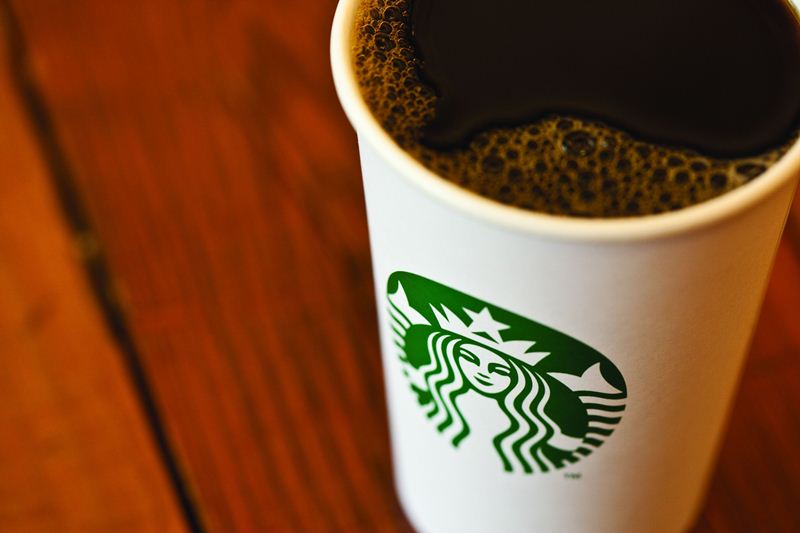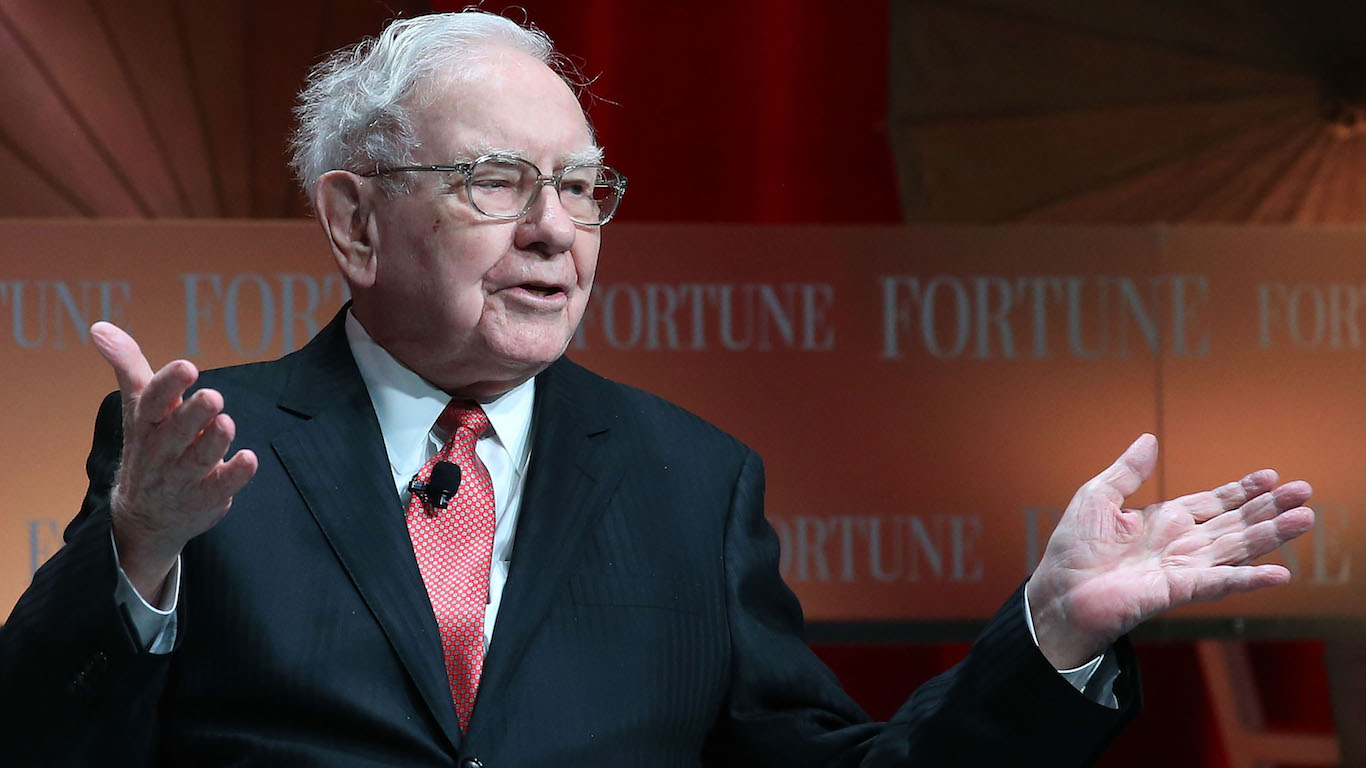
Representing a $250 billion market for American companies today, according to the U.S.-China Business Council estimates the country, it’s worth noting the American companies that can take advantage of the enormous opportunity. Some of the nation’s biggest brands have already managed to be the Chinese market leaders in their particular segments. Apple sells more tablets than any competitor in China and Gillette more razors than any other brand. While some of these companies are facing increased competition internationally and from China-based firms, others appear to be pulling away from the pack.
Click here to see the most popular brands in China
Because China is not an open market, international companies cannot compete in some sectors. According to the U.S.-China Business Council, the Chinese government currently imposes restrictions on about 100 different sectors in both manufacturing and service industries, including much of the agriculture and food production, cloud computing, financial services, petrochemicals, and health insurance, among others.
In the sectors that remain more open to international competition, China represents an opportunity for companies to strengthen their brand and also move ahead of their closest competitors globally. One example of a company capitalizing on its leading position in China is Yum! Brands. The fast food company is behind global competitors like McDonald’s, which had roughly double Yum’s worldwide sales in 2012. Nevertheless, Yum! currently has a very strong foothold in China. Its leading chain, KFC, has more than 4,200 stores in the country, more than double that of McDonald’s, its closest competitor. What’s more, the company, despite setbacks, is growing its presence significantly there.
No doubt, the companies that entered the Chinese market planned their entry carefully. But it’s also clear that many managed to capitalize on their domestic and international brand dominance outside of China. Companies such as Starbucks, Apple, Nike, and Coca-Cola have thrived in the country — just as they do all over the world. Whether the companies can continue to leverage that value against up-and-coming Chinese brands remains to be seen.
These are the most popular American brands in China.
1. General Motors
> Market share: 14.7% (2012)
> Industry: Auto manufacturers
> Competition: Toyota, Volkswagen
General Motors has had the largest market share in China of any foreign auto manufacturer going back nearly a decade. The company has access to the Chinese auto market primarily through its multiple joint ventures. One of these is Shanghai GM, co-owned with the Shanghai Automotive Industry Corp. Group (SAIC). The venture, currently 50% owned by GM, sells Chevrolet, Buick, and Cadillac models. In all, according to GM China, the company and its partners sold a total of more than 2.8 million cars in 2012. By comparison, GM sold just under 2.6 million cars in the U.S. last year. Recently, GM announced it was building a $1.3 billion plant in China to produce Cadillacs in order to improve luxury sales.
2. Apple
> Market share: 83% (fourth quarter, 2012)
> Industry: Electronic Equipment
> Competition: Samsung, Microsoft
Apple dominates the tablet market in the world’s most populous country. Umeng Analytics Platform reported that in the last quarter of 2012 Apple’s iPad and iPad mini accounted for 83% of all tablet sales. Several of Apple’s major suppliers operate in China, including Foxconn, which has been criticized for its poor working conditions for years. The developments in the Chinese operations of the company’s suppliers are often used as fodder for speculation on future Apple product releases. Most recently, plans by Apple supplier Pegatron to ramp up hiring in China by 40% have fueled rumors about a low-cost iPhone.
Also Read: America’s Most Popular Stores
3. Nike
> Market share: 12.1%
> Industry: Apparel footwear and accessories
> Competition: Adidas, Reebok
At the end of 2012, Nike still had the largest sportswear market share of any company in China, somewhat of a loose term at 12.1%. But recently, Germany’s Adidas has also emerged as a major player in China, picking up market share despite the efforts of Chinese brands such as Li-Ning — which recently signed NBA star Dwyane Wade as a representative. Nike’s sales and bottom line have benefitted from its popularity in China. In fiscal 2012, Nike’s revenue and earnings in its Greater China segment rose by 23% and 17%, respectively, from the year before, totalling over $2.5 billion and $900 million, respectively. Nike has also had to deal with the differences and problems of operating in China. Michael Jordan, who partners with Nike to market its Jordan Brand sneakers, has accused Chinese company Qiaodan Sports Co. of using his name without permission.
4. Starbucks
> Market share: 61%
> Industry: Specialty eateries
> Competition: McDonald’s, Pacific Coffee
The world’s largest coffee retailer opened its first store in mainland China in Beijing in 1998. At the last annual shareholders meeting, according to the China Post, the company had in excess of 800 locations in nearly 60 cities in the country. In the release of the company’s fiscal 2012, company CEO Howard Schultz said, “It’s no doubt that one day China will become our second-largest market after the U.S. and it’s possible that, over many years, potentially the largest one.” Starbucks plans to more than double its headcount in the Asia Pacific region as a whole in the next five years to more than 40,000. The company’s closest competitor by coffee sales is McDonald’s. According to the China Post, however, Starbucks’ company’s presence has diminished somewhat, and Chinese companies like the Pacific Coffee Company are setting their sights on the No. 1 slot.
5. Microsoft Windows
> Market share: 91% in desktop operating systems
> Industry: Application software
> Competition: Kylin (Canonical), Apple, Google
Microsoft has a commanding market share of more than 91% in desktop operating systems in China, according to NetMarketshare. However, the company may face competition in the future, threatening its massive lead in software sales. The Chinese government has worked on an operating system with software firm Canonical. The new OS, called Kylin, was released in April. The BBC noted that the move is regarded as “an attempt by China to wean its IT sector off Western software in favour of more home-grown alternatives.” Microsoft has pushed its Surface tablet hard in China, offering it there even before the U.S. However, the company has been criticized for not providing a two-year warranty for the tablet.
6. KFC
> Market share: Most fast food stores (4,260 stores)
> Industry: Fast food
> Competition: McDonalds, Subway, Wendy’s
The Yum! Brands-operated KFC is by far the largest fast food company in China. Last year, Yum! opened 560 new KFC restaurants in the country. It plans on opening another 700 restaurants in the coming year to add to the 4,260 KFC stores it had at the end of the fiscal year. Even without the new stores it plans tgo add, KFC already has more than double the amount of stores as its closest competitor, McDonald’s, which has roughly 2,000 stores, according to the Guardian. Aside from the 560 KFCs, most of the remaining stores opening were Pizza Huts. According to Yum!, the China market accounted for 42% of its KFC segment’s profit in 2012. The company suffered a setback recently after Chinese food regulators launched an investigation into its poultry supply following media allegations of excessive use of antibiotics and hormones.
Also Read: Companies That Owe Employees a Raise
7. Gillette
> Market share: 70% (worldwide)
> Industry: Personal products
> Competition: Schick
Gillette entered China in 1992, when it was its own company, by joining forces with the Shanghai Razor Blade Factory. Currently, Gillette holds a 70% market share worldwide in men’s grooming, as 800 million people use its products each day. Gillette is just one of the products made by P&G that dominate the Chinese market place, with other market leaders including Safeguard, Olay, Pampers and Tide. Between 2002 and 2012, Procter & Gamble’s net sales in China grew by an average of 17% annually. The company earned approximately $2 billion in revenue from China in 2012. With Gillette way ahead worldwide, competitors are looking to narrow the gap. Energizer-owned Schick has recently teamed up with Unilever-owned Axe to create Axe razors to compete in the Chinese market.
8. Coca-Cola
> Market share: 16.6%
> Industry: Beverages — Soft drinks
> Competition: Pepsi
Market leader Coca-Cola’s soft-drink market share in China was 16.6% in 2012, according to Euromonitor International. Rival PepsiCo was well behind with just 5.1% of the market. In the first quarter of 2013, Coca-Cola, which includes Coke, Sprite and Fanta, reported that volume sales in the country rose by a mere 1% compared to the same period last year. This weakness, blamed by a slowdown in China’s economy, is expected to continue. “As we look ahead to the next six months, it is reasonable to expect that China’s ongoing economic slowdown may have a short-term effect on our industry and on our business,” CEO Muhtar Kent said on the most recent earnings call. This month, Coca-Cola announced plans to invest an additional $4 billion into expanding its footprint in China. The company has 42 plants around the country and employs approximately 50,000 workers. A Coca-Cola executive in China, Bai Changbo, told Xinhua news agency that the average person in China drinks 39 bottles of Coke a year, well below the 400 bottles annually consumed by Americans.
9. Intel
> Market share: 85.2% for PC semiconductors (global)
> Industry: Semiconductors
> Competition: Advanced Micro Devices, Samsung
As of the first quarter of 2013, Intel had a whopping 85.2% market share of PC semiconductor chips globally. Lenovo, which runs on Intel chips, currently has a nearly 40% market share in China for PCs. Lenovo accounted for 11% of Intel’s revenue in 2012. Also, 18% of Intel’s revenue came from Hewlett-Packard and 14% from Dell, both of which have a sizable presence in China’s PC market. However, Intel could be having will have problems in the future as more people move away from personal computers in favor of smartphones and tablets. Of all semiconductor sales, which includes semiconductors used for tablets and smartphones, Intel had a worldwide leading market share of 15.7% compared to Samsung’s 10.1%. But Samsung’s revenue rose 6.7%, compared to Intel’s 2.4% decline.
Also Read: America’s Most Profitable Products
Take This Retirement Quiz To Get Matched With An Advisor Now (Sponsored)
Are you ready for retirement? Planning for retirement can be overwhelming, that’s why it could be a good idea to speak to a fiduciary financial advisor about your goals today.
Start by taking this retirement quiz right here from SmartAsset that will match you with up to 3 financial advisors that serve your area and beyond in 5 minutes. Smart Asset is now matching over 50,000 people a month.
Click here now to get started.
Thank you for reading! Have some feedback for us?
Contact the 24/7 Wall St. editorial team.



